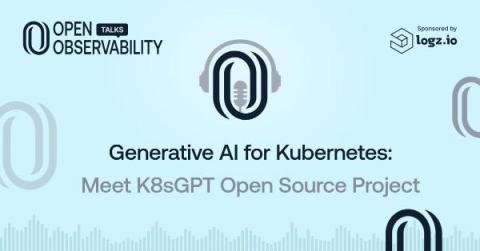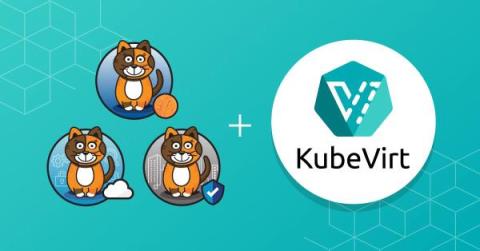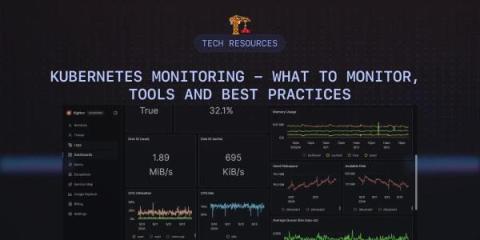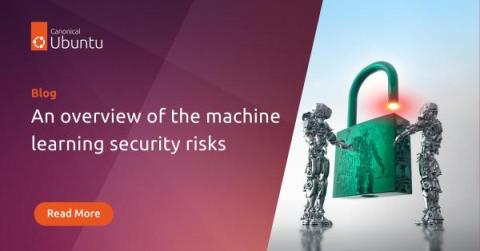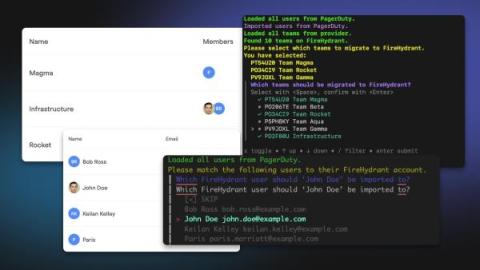Generative AI for Kubernetes: Meet K8sGPT Open Source Project
Troubleshooting within Kubernetes environments can be a daunting task. If we could only have a magical artificial intelligence advisor that could gather all the data about what goes on the system, and tell me what’s wrong, and even how to solve it. Wouldn’t it be nice? K8sGPT is a young open source project that uses generative AI to give Kubernetes superpowers to everyone. It recently turned a year old, and is now part of the Cloud Native Computing Foundation (CNCF).


